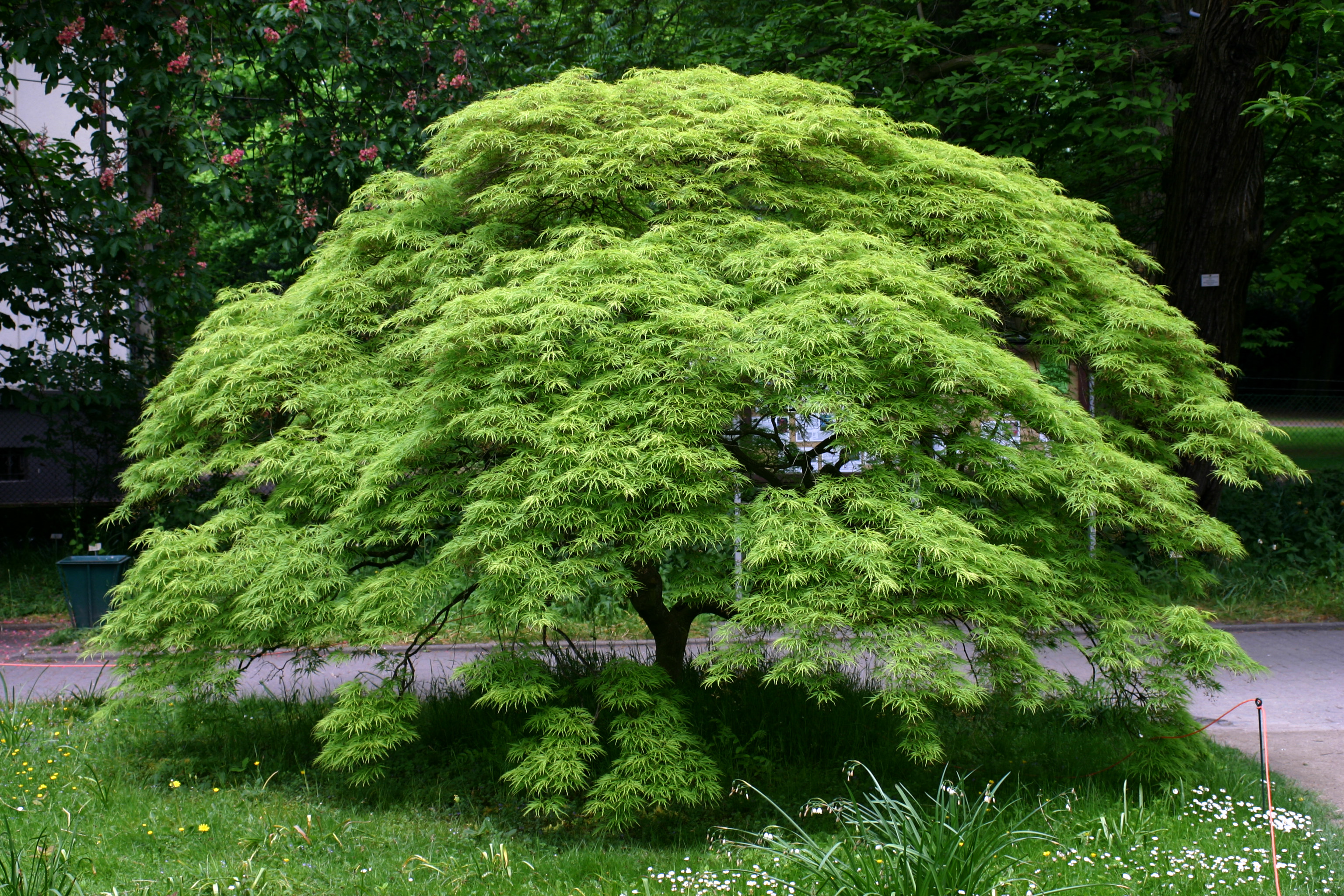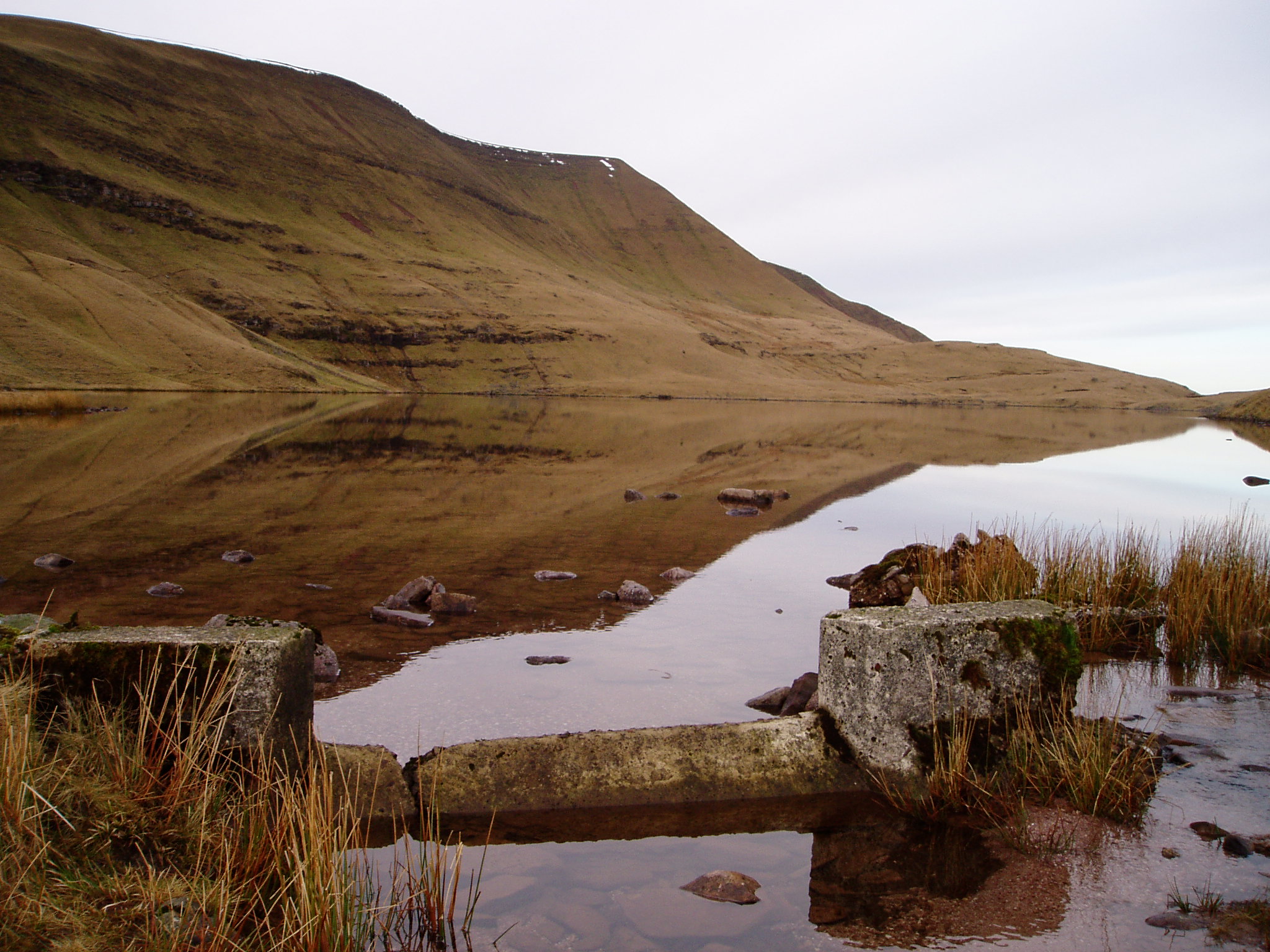|
David Wheeler (gardener And Writer)
David Wheeler (1945) is a British gardener, writer and journalist. He founded the literary gardening quarterly '' Hortus'' in 1987 and continues as its editor. In 2009 the Royal Horticultural Society awarded him their Gold Veitch Memorial Medal. Life and career Wheeler was born in the Cotswolds and lived there until the age of 11, when the family moved to his mother's home town on the Hampshire coast. With an early interest in plants and gardens, he bought ''Amateur Gardening'' and ''Popular Gardening'', "concealing them the best I could - boys in the late Fifties and swinging Sixties didn't buy gardening magazines," he told the Oldie. His wage-earning jobs included a variety works in the Merchant Navy (as a runaway teenager), and with a big-selling local newspaper, the ''Observer,'' the ''Spectator'', the RSPCA and freelance jobbing gardener. In 1987, Wheeler founded the gardening quarterly '' Hortus'' without any public subsidy or support. Marking its 25 years in 2012, the W ... [...More Info...] [...Related Items...] OR: [Wikipedia] [Google] [Baidu] |
Country Life (magazine)
''Country Life'' is a British weekly perfect-bound glossy magazine that is published by Future plc. It was based in London at 110 Southwark Street until March 2016, when it became based in Farnborough, Hampshire. History ''Country Life'' was launched in 1897, incorporating ''Racing Illustrated''. At this time it was owned by Edward Hudson, the owner of Lindisfarne Castle and various Lutyens-designed houses including The Deanery in Sonning; in partnership with George Newnes Ltd (in 1905 Hudson bought out Newnes). At that time golf and racing served as its main content, as well as the property coverage, initially of manorial estates, which is still such a large part of the magazine. Elizabeth Bowes-Lyon, the late Queen Mother, used to appear frequently on its front cover. Now the magazine covers a range of subjects in depth, from gardens and gardening to country house architecture, fine art and books, and property to rural issues, luxury products and interiors. ... [...More Info...] [...Related Items...] OR: [Wikipedia] [Google] [Baidu] |
Gardening In The United Kingdom
Gardening is the practice of growing and cultivating plants as part of horticulture. In gardens, ornamental plants are often grown for their flowers, foliage, or overall appearance; useful plants, such as root vegetables, leaf vegetables, fruits, and herbs, are grown for consumption, for use as dyes, or for medicinal or cosmetic use. Gardening ranges in scale from fruit orchards, to long boulevard plantings with one or more different types of shrubs, trees, and herbaceous plants, to residential back gardens including lawns and foundation plantings, all the way to container gardens grown inside or outside. Gardening may be very specialized, with only one type of plant grown, or involve a variety of plants in mixed plantings. It involves an active participation in the growing of plants, and tends to be labor-intensive, which differentiates it from farming or forestry. History Ancient times Forest gardening, a forest-based food production system, is the world's oldes ... [...More Info...] [...Related Items...] OR: [Wikipedia] [Google] [Baidu] |
Veitch Memorial Medal Recipients
Veitch or Vetch is a Scottish surname, and may refer to: Veitch * Arthur Veitch (1844–1880), horticulturist * Bill Veitch (1870–1961), New Zealand politician * Champion Doug Veitch (born 1960), Scottish musician and songwriter * Colin Veitch (1881–1938), England and Newcastle United footballer * Darren Veitch (born 1960), Canadian hockey player * Edward W. Veitch (1924–2013), American mathematician * Harry Veitch (1840–1924), horticulturist * Heather Veitch (born 1973/4), American Christian missionary and former stripper * James Veitch, Lord Elliock (1712–1793), Scottish lawyer and politician, MP for Dumfriesshire 1755–61, judge from 1761 * James Veitch (horticulturist) (1792–1863), horticulturist * James Veitch, Jr. (1815–1869), horticulturist * James Herbert Veitch (1868–1907), horticulturist * James Veitch (comedian) (born 1980), comedian * James Alexander Veitch (born 1940), academic, theologian, historian * Joel Veitch (born 1974), English web a ... [...More Info...] [...Related Items...] OR: [Wikipedia] [Google] [Baidu] |
English Gardeners
English usually refers to: * English language * English people English may also refer to: Peoples, culture, and language * ''English'', an adjective for something of, from, or related to England ** English national identity, an identity and common culture ** English language in England, a variant of the English language spoken in England * English languages (other) * English studies, the study of English language and literature * ''English'', an Amish term for non-Amish, regardless of ethnicity Individuals * English (surname), a list of notable people with the surname ''English'' * People with the given name ** English McConnell (1882–1928), Irish footballer ** English Fisher (1928–2011), American boxing coach ** English Gardner (b. 1992), American track and field sprinter Places United States * English, Indiana, a town * English, Kentucky, an unincorporated community * English, Brazoria County, Texas, an unincorporated community ... [...More Info...] [...Related Items...] OR: [Wikipedia] [Google] [Baidu] |
Living People
Related categories * :Year of birth missing (living people) / :Year of birth unknown * :Date of birth missing (living people) / :Date of birth unknown * :Place of birth missing (living people) / :Place of birth unknown * :Year of death missing / :Year of death unknown * :Date of death missing / :Date of death unknown * :Place of death missing / :Place of death unknown * :Missing middle or first names See also * :Dead people * :Template:L, which generates this category or death years, and birth year and sort keys. : {{DEFAULTSORT:Living people 21st-century people People by status ... [...More Info...] [...Related Items...] OR: [Wikipedia] [Google] [Baidu] |
1945 Births
1945 marked the end of World War II and the fall of Nazi Germany and the Empire of Japan. It is also the only year in which Nuclear weapon, nuclear weapons Atomic bombings of Hiroshima and Nagasaki, have been used in combat. Events Below, the events of World War II have the "WWII" prefix. January * January 1 – WWII: ** Nazi Germany, Germany begins Operation Bodenplatte, an attempt by the ''Luftwaffe'' to cripple Allies of World War II, Allied air forces in the Low Countries. ** Chenogne massacre: German prisoners are allegedly killed by American forces near the village of Chenogne, Belgium. * January 6 – WWII: A German offensive recaptures Esztergom, Kingdom of Hungary (1920–1946), Hungary from the Russians. * January 12 – WWII: The Soviet Union begins the Vistula–Oder Offensive in Eastern Europe, against the German Army (Wehrmacht), German Army. * January 13 – WWII: The Soviet Union begins the East Prussian Offensive, to eliminate German forces in East Pruss ... [...More Info...] [...Related Items...] OR: [Wikipedia] [Google] [Baidu] |
Clematis
''Clematis'' is a genus of about 300 species within the buttercup family, Ranunculaceae. Their garden hybrids have been popular among gardeners, beginning with ''Clematis'' × ''jackmanii'', a garden standby since 1862; more hybrid cultivars are being produced constantly. They are mainly of Chinese and Japanese origin. Most species are known as clematis in English, while some are also known as traveller's joy, a name invented for the sole British native, ''C. vitalba'', by the herbalist John Gerard; virgin's bower for '' C. terniflora'', '' C. virginiana'', and '' C. viticella''; old man's beard, applied to several with prominent seedheads; leather flower for those with fleshy petals; or vase vine for the North American ''Clematis viorna''. Etymology The genus name ''Clematis'' is from Ancient Greek κληματίς : ''clēmatís,'' ("a climbing plant") from κλήμα : ''klḗma'' – 'twig, sprout, tendril'. Over 250 species and cultivars are known, often named for t ... [...More Info...] [...Related Items...] OR: [Wikipedia] [Google] [Baidu] |
Primula Auricula
''Primula auricula'', often known as auricula, mountain cowslip or bear's ear (from the shape of its leaves), is a species of flowering plant in the family Primulaceae, that grows on basic rocks in the mountain ranges of central Europe, including the western Alps, Jura Mountains, the Vosges, the Black Forest and the Tatra Mountains. Description It is an evergreen perennial growing to tall by wide. The leaves are obovate and stalkless, with a cartilaginous edge, all growing in a basal rosette, and sometimes covered in a mealy white bloom. The yellow flowers grow in clusters on long stalks. The specific epithet ''auricula'' means "ear-shaped", and refers to the shape of the leaves. Taxonomy A recent study split the species into two, '' Primula lutea'' and ''P. auricula'', with the former being found further south and east (Apennines, Carpathians, Balkans, and the southern and eastern Alps). Prior to this study, ''P. lutea'' had been considered synonymous with ''P. auricula''. ... [...More Info...] [...Related Items...] OR: [Wikipedia] [Google] [Baidu] |
Acer Palmatum
''Acer palmatum'', commonly known as Japanese maple, palmate maple, or smooth Japanese maple (Japanese: ''irohamomiji'', , or ''momiji'', (栴), is a species of woody plant native to Japan, Korea, China, eastern Mongolia, and southeast Russia. Many different cultivars of this maple have been selected and they are grown worldwide for their large variety of attractive forms, leaf shapes, and spectacular colors. Description ''Acer palmatum'' is a deciduous shrub or small tree reaching heights of , rarely , reaching a mature width of , often growing as an understory plant in shady woodlands. It may have multiple trunks joining close to the ground. In habit, its canopy often takes on a dome-like form, especially when mature.van Gelderen, C.J. & van Gelderen, D.M. (1999). ''Maples for Gardens: A Color Encyclopedia''. The leaves are long and wide, palmately lobed with five, seven, or nine acutely pointed lobes. The flowers are produced in small cymes, the individual flowers wit ... [...More Info...] [...Related Items...] OR: [Wikipedia] [Google] [Baidu] |
Iris Sibirica
''Iris sibirica'' ( commonly known as Siberian iris or Siberian flag), is a species in the genus ''Iris''. It is a rhizomatous herbaceous perennial, from Europe (including France, Italy, Switzerland, Austria, Czech Republic, Slovakia, Germany, Hungary, Poland, Romania, Bulgaria, Former Yugoslavia, Belarus, Estonia, Latvia, Lithuania, Moldova, Ukraine and northern Turkey) and Central Asia (including Armenia, Azerbaijan and Siberia). It has long green grass-like leaves, tall stem, 2–5 violet-blue, to blue, and occasionally white flowers. It is cultivated as an ornamental plant in temperate regions. Description ''Iris sibirica'' was often confused with '' Iris sanguinea'', another blue flowering Asian iris, but ''Iris sanguinea'' has unbranched stems, while ''Iris sibirica'' has branched stems. It has creeping rhizome (approximately diameter), forming a dense clumping plant.Richard Lynch The rhizomes are covered with the brown remnants of old leaves, from previous seasons. It h ... [...More Info...] [...Related Items...] OR: [Wikipedia] [Google] [Baidu] |
Carmarthenshire
Carmarthenshire ( cy, Sir Gaerfyrddin; or informally ') is a county in the south-west of Wales. The three largest towns are Llanelli, Carmarthen and Ammanford. Carmarthen is the county town and administrative centre. The county is known as the "Garden of Wales" and is also home to the National Botanic Garden of Wales. Carmarthenshire has been inhabited since prehistoric times. The county town was founded by the Romans, and the region was part of the Kingdom of Deheubarth in the High Middle Ages. After invasion by the Normans in the 12th and 13th centuries it was subjugated, along with other parts of Wales, by Edward I of England. There was further unrest in the early 15th century, when the Welsh rebelled under Owain Glyndŵr, and during the English Civil War. Carmarthenshire is mainly an agricultural county, apart from the southeastern part which was once heavily industrialised with coal mining, steel-making and tin-plating. In the north of the county, the woollen in ... [...More Info...] [...Related Items...] OR: [Wikipedia] [Google] [Baidu] |



.jpg)

